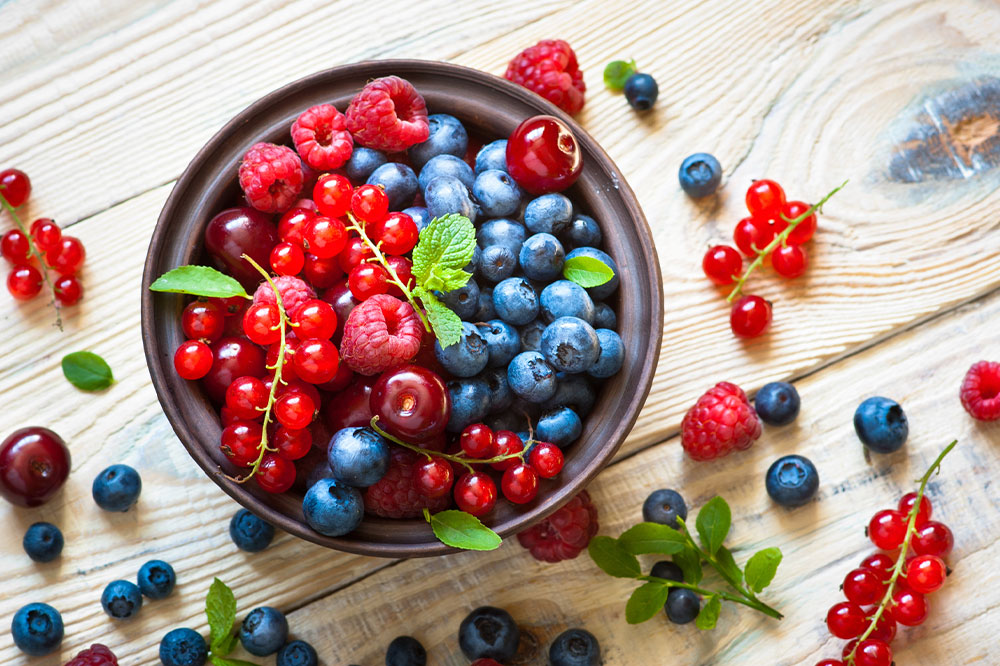Guide to the Samsung Galaxy Z Fold Series

Samsung recently came out with a new entry in the Z Fold series, the Galaxy Z Fold 5. It is the latest foldable phone that opens to work like a tablet. However, at first glance, the Galaxy Z Fold 5 looks identical to last year’s Galaxy Z Fold 4. The specification sheet is also practically the same. Hence, deciding between the two can be somewhat confusing.
However, for the Z Fold 5, Samsung pointed out a few changes, such as the processor upgrade and a new hinge that lets the phone close. But what more has been updated? Read below to find out.
Here are a few things to know about the two phones:
1. General specifications
There are a few nuanced differences between the Galaxy Z Fold 4 and the Galaxy Z Fold 5. The starting price for both models is $1,799, but we expect a price drop in the Galaxy Z Fold 4 with the launch of the newest model. Both have identical inner and outer Dynamic AMOLED displays with a 6.2-inch HD+ external display, 7.6-inch QXGA+ resolution, and a 120Hz refresh rate. While Fold 5 has a Snapdragon 8 Gen 2 chipset, one will find Gen 1 in Fold 4. However, both offer 12GB of RAM and storage options of 256GB, 512GB, and 1TB. Their camera setups mirror each other with a 12 MP ultra-wide, 50 MP main, and 10 MP telephoto camera. A 10 MP selfie camera is also standard in both. Their weight, size, and batter match closely. However, subtle color variations set them apart. One can find Galaxy Z Fold 5 in Blue, Cream, Phantom Black, and Icy Blue, whereas Galaxy Z Fold 4 comes in Phantom Black, Burgundy, Beige, and Graygreen colors.
2. Display, camera, and battery life
The Galaxy Z Fold 5’s screen appears visibly brighter, but beyond that, things remain broadly unchanged from the Galaxy Z Fold 4. Fold 5’s display boasts 1,750 nits, up from 1,200 nits. It is a boon for media consumption and outdoor shoots. Refresh rates and cameras (as discussed above) remain the same. However, the camera quality will be higher in Fold 5 because of the AI improvements, processing, and performance enhancements courtesy of Qualcomm’s Snapdragon 8 Gen 2 chip. The battery, at 4,400 mAh, matches the Z Fold 4. Broadly, expect parity with the Z Fold 4 in battery endurance, cameras, and display. In totality, one will see only minimal shifts from the predecessor in core aspects.
3. Design and build
The Galaxy Z Fold 5 is relatively smaller and slimmer than its predecessor. However, this difference is barely noticeable. The weight is reduced by 10 grams, and a redesigned hinge allows a flat fold, setting it apart from the Z Fold 4. The latter’s alteration eliminates the gap near the hinge when folded, a notable improvement. But beyond this, the design remains consistent, featuring a vast internal display with an under-display camera and a front display with a centered punch-hole camera and a vertical book-style fold. The new variant retains dust and IPX8 water resistance.
Overall, the Z Fold 5 has a similar design with minute refinements. The Galaxy Z Fold 4 does not fall flat like the Galaxy Z Fold 5, and it retains the armor aluminum frame for added durability. Though both have book-style designs, the advancements in Z Fold 5’s build and design make it aesthetically superior.
4. Hardware and software
As for the hardware, the Galaxy Z Fold 4 and Galaxy Z Fold 5 have a similar display but differ subtly. The Z Fold employs the Snapdragon 8 Gen 2 processor, offering an elevated GPU and CPU speed. Both models offer 12 GB of RAM with three storage options: 1 TB, 512 GB, and 256 GB, with microSD expansion.
The Galaxy Z Fold 4 employs the Snapdragon 8+ Gen 1, ensuring robust performance. While the battery capacity is the same, the Galaxy Z Fold 5’s upgraded processor boosts the overall battery life. The charging speeds cap at 25 W for both variants, somewhat slower than rivals. The software features capitalize on their S Pen support and the expansive speed present in both. User experience and multitasking align, making them similar in performance and functionality.
5. Final verdict
Z Fold 4 has received massive praise from users, with top scores in versatility and minimal compromises. It has long held its ground as a top-tier foldable, even after the Google Pixel Fold launch. The Galaxy Z Fold 5 is acclaimed equally, boasting a lighter, slimmer build, flatter design, and amplified speed. However, its unchanged camera technology and narrow cover screen may not sway the Z-Fold 4 owners. Newcomers to foldable phones looking for top-notch quality might find the Fold 5 appealing, but it comes at a higher cost—justifiable, of course, for its improved performance and mechanics.


